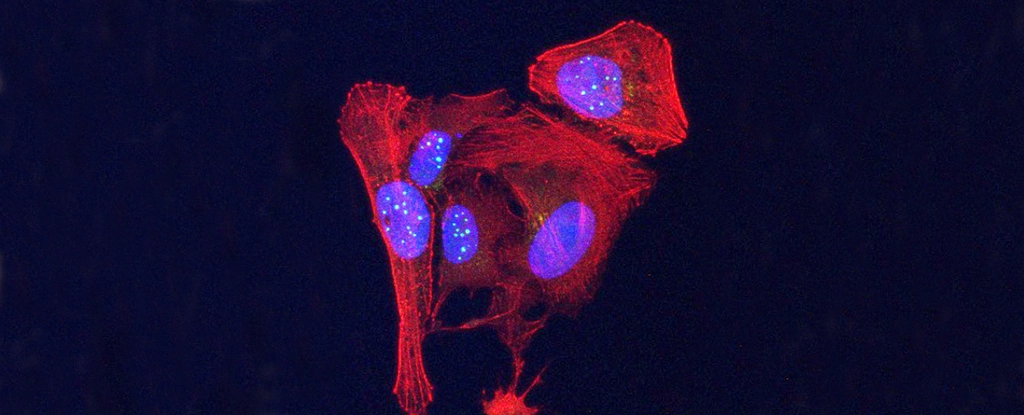
Surprising Function of Telomeres
Telomeres have been a pandora box of discovery when it comes to understanding their functions. Telomeres are known for their simplicity, making it really difficult to digest the fact that they can also produce proteins. While there is very less clarity on this fact of how it happens and what these proteins might do, the reality that telomeres exists has a big significance of its own. Telomeres are known to carry genetic information and plays important role in aging. They lose their protective qualities over a period of time, eventually causing damage and death of cell.
RNA linked ALS
In a recent study published in PNAS journal, researchers found a new surprising function of telomere while study a RNA linked amyotrophic lateral sclerosis (ALS) molecule. RNA is well known to produce functional proteins and here researchers noted that the proteins produced by RNA linked ALS molecule is quite similar to one produced by telomeres.
Researchers then thought, if the mechanism of protein production in telomere and RNA linked ALS is similar or not. To this, they found a positive answer ensuring a similar mechanism. “Occasionally, scientists have failed to put observations from two very distant fields together, and that’s what we did,” says molecular biologist Jack Griffith from the University of North Carolina at Chapel Hill.
“Discovering that telomeres encode two novel signaling proteins will change our understanding of cancer, aging, and how cells communicate with other cells.”
VR and GL are new key players
The researchers found out that telomere DNA produces two types of signalling proteins: VR (valine-arginine) and GL (glycine-leucine). These proteins then follow the cascading signalling pathways to drive different bodily functions. However, it was observed that valine-arginine was in high levels in people suffering from cancer or diseases with defective telomeres. Thus, indicating the potential impact these proteins play, therefore can be further used to access the cell health.

“We think it’s possible that as we age, the amount of VR and GL in our blood will steadily rise, potentially providing a new biomarker for biological age as contrasted to chronological age,” says molecular biologist and the study’s lead author Taghreed Al-Turki, also from UNC at Chapel Hill.
“We think inflammation may also trigger the production of these proteins.””Many questions remain to be answered, but our biggest priority now is developing a simple blood test for these proteins,” says Griffith. “This could inform us of our biological age and also provide warnings of issues, such as cancer or inflammation.”
Way forward
The surprising new function of telomere holds a big future ahead, where scientists needs to investigate these protein more in detail and understand their functioning in collaboration with other cellular molecule. This will help unfold the underlying cellular metabolism within telomeres and possible associated conditions due to a defect. This will be a new fascinating field of research for scientists, and we should hold on to the new research findings till then.






